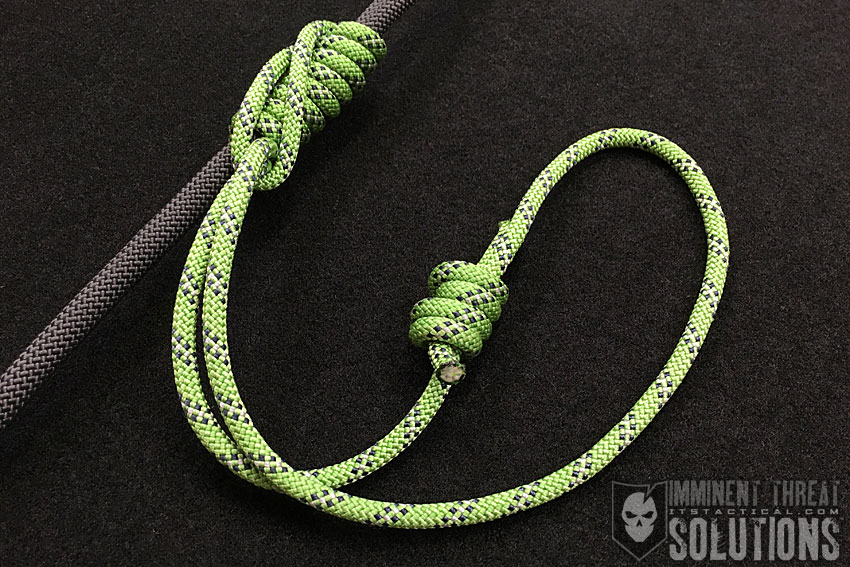
On today’s Knot of the Week I’ll be covering the Klemheist Knot, which is another relative of the Prusik Knot. Last week we discussed the Bachmann Knot, which is my preference if an alternative is needed for ascending with a Prusik. However, I still feel it’s important to cover the Klemheist Knot, as it doesn’t require a carabiner like the Bachmann Knot does.
Just like the Bachmann Knot, the Klemheist Knot is uni-directional, meaning it can only be loaded from one direction and that’s down. For comparison, the Prusik Knot is omni-directional and can be loaded from either direction.
An important consideration with the Klemheist Knot is to ensure that the diameter of cordage it’s tied with is tested first in relation to the main line you’ll be utilizing it with. If too many wraps are taken around the main line, the knot will bind and be unable to function.
Usage wise, the Klemheist can be tied with cordage or webbing, but it’s definitely more efficient with cordage. Primarily, it’s used for hauling and hoisting, but it can be used for ascending as well.
As you’ll see in the video below, make sure not to clip the Double Fisherman’s Knot section of your loop in when you’re connecting to your harness.
Bachmann Knot » Climbing Knots
(Strength: 4/Secure: 4/Stability: 4/Difficulty: 3) See below for what these ratings mean.
Ratings
Strength/Security/Stability/Difficulty
Each knot will be assigned a rating from 1-5 (1 representing the lowest score) based on the following four properties:
Strength – All knots will weaken the strength of a rope, however, there are knots that are stronger than others. The scale here will reflect how strong the rope remains with the specified knot.
Security – The security scale refers to how well the knot will stay tied, and resist coming loose under a normal load.
Stability – Stability refers to how easily the knot will come untied under an abnormal load (i.e. the knot being pulled in a direction it was not intended to) A lower score here represents instability.
Difficulty – The lower the number, the easier a knot is to tie.